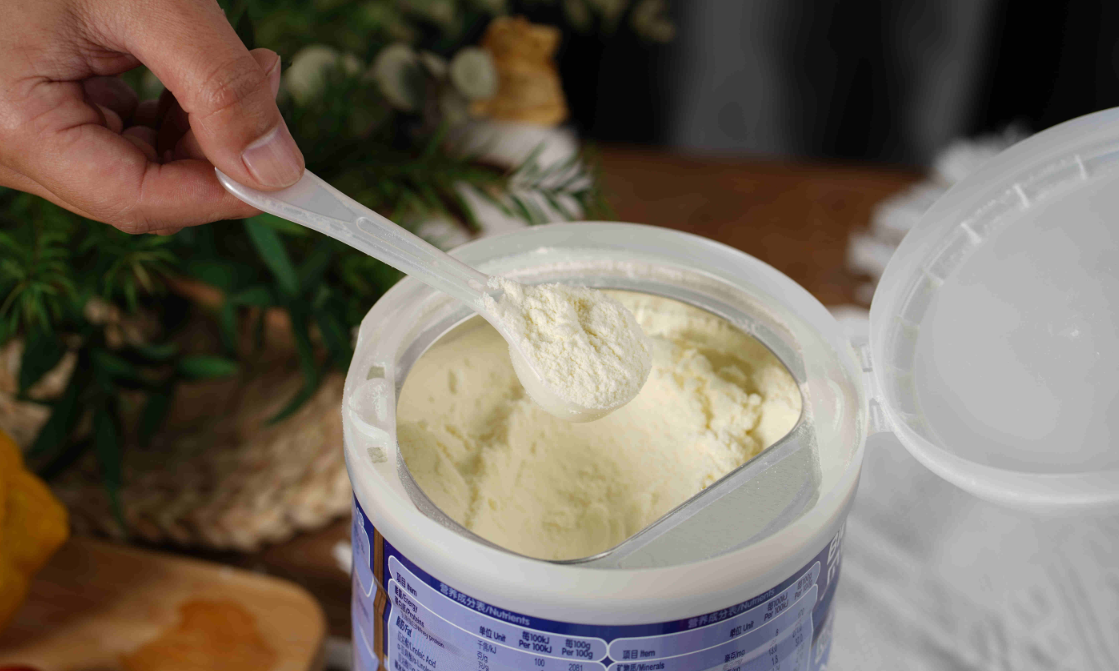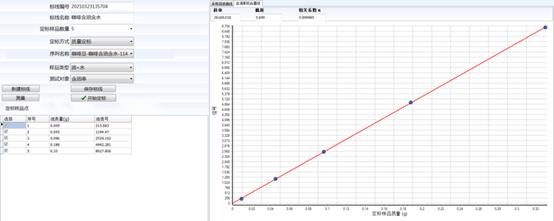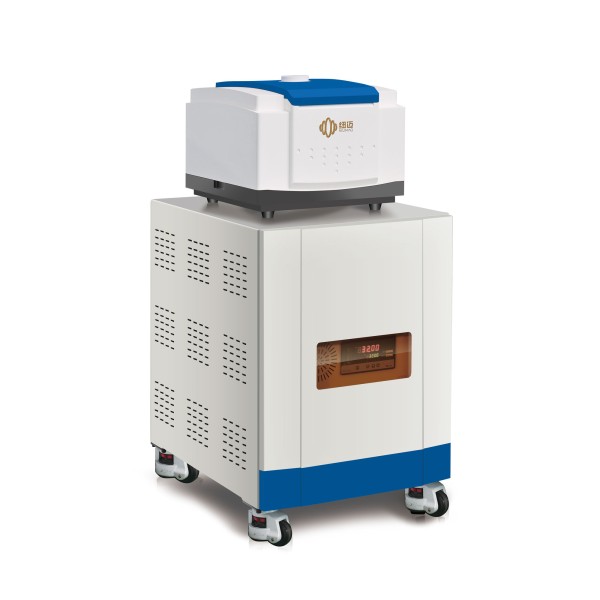Milk Powder Fat Content Analysis by NMR
The milk powder fat content can vary depending on the specific product and the manufacturing process. Generally, milk powder is made by evaporating the water content from milk, resulting in a concentrated powder form. The milk powder fat content is typically stated as a percentage. Different types of milk powder can have different fat content options available, such as whole milk powder, skim milk powder, or low-fat milk powder. Here are some common ranges for fat content:
Whole Milk Powder: Whole milk powder is made from full-fat milk and contains around 26% to 28% fat.
Skim Milk Powder: Skim milk powder is produced by removing most of the fat from milk. It usually contains less than 1% fat, often in the range of 0.1% to 0.5%.
Low-Fat Milk Powder: Low-fat milk powder typically contains a reduced amount of fat compared to whole milk powder. The fat content can vary, but it is usually around 2% to 5%.
Milk Powder Fat Content Measurement Methods
The milk powder fat content can be determined through various measurement methods. Here are a few commonly used techniques:
Gerber Method: The Gerber method is a widely used method for measuring the fat contentnof milk and milk products, including milk powder. In this method, a known quantity of milk powder is mixed with sulfuric acid and amyl alcohol. The mixture is centrifuged, and the fat content is determined by measuring the volume of the fat layer formed.
Babcock Method: The Babcock method is another commonly employed method for measuring the milk powder fat content. This method involves the acid digestion of milk powder using sulfuric acid and a specific mixture of reagents. The mixture is then centrifuged, and the fat content is determined by measuring the volume of the fat layer formed.
Mojonnier Method: The Mojonnier method is a solvent extraction method used to measure the milk powder fat content. In this method, milk powder is mixed with a solvent (usually diethyl ether) to extract the fat. The solvent is evaporated, and the remaining fat is weighed to determine its content.
NIR Spectroscopy: Near-Infrared (NIR) spectroscopy is a non-destructive method that uses infrared light to measure the milk powder fat content. The technique relies on the absorption of specific wavelengths of light by fat molecules. NIR spectroscopy can provide rapid and accurate fat content measurements without the need for extensive sample preparation.
NMR Spectrometer: NMR spectrometer is based on the principle of measuring the behavior of atomic nuclei in a magnetic field, providing information about the molecular structure and composition of a sample. When it comes to determining fat content in milk powder using NMR spectrometer, the method involves analyzing the proton signals of the fat molecules present in the sample. The fat molecules in milk powder contain hydrogen atoms, and the NMR spectrometer can detect and quantify these signals.
Milk Powder Fat Content Measured by NMR
These methods are commonly used in laboratories and dairy industries to determine the fat content of milk powder. The specific method used may depend on factors such as the accuracy required, availability of equipment, and industry standards.
By comparing the NMR spectrum of the milk powder sample to a reference spectrum of known fat content, the fat content in the sample can be determined. This method provides a rapid and non-destructive analysis of the fat content, without the need for chemical extraction or extensive sample preparation.
NMR spectrometer is widely used in the food industry for various analyses, including fat content determination in milk powder. It offers advantages such as high accuracy, repeatability, and the ability to simultaneously measure multiple components in a sample.
NIUMAG NMR for Milk Powder Analysis – PQ001 Series
 NIUMAG
NIUMAG


